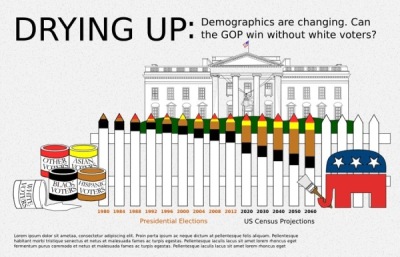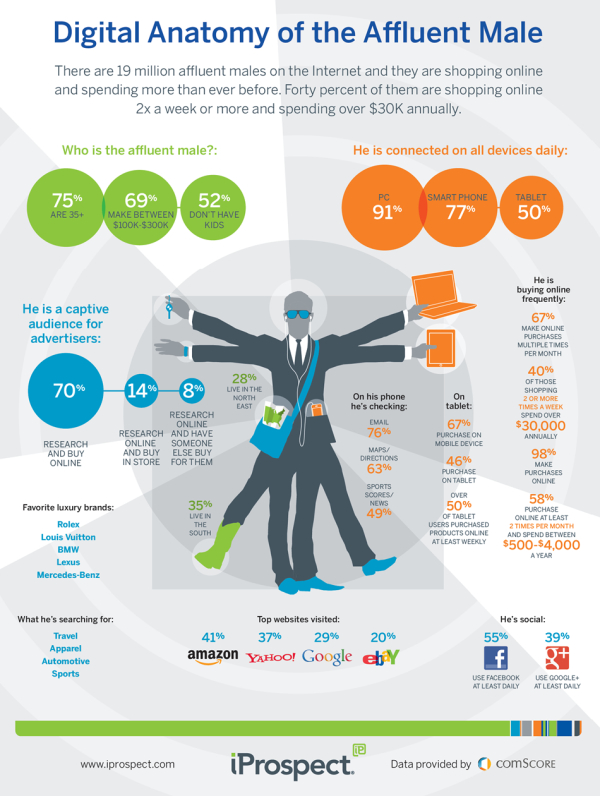An Infographic Profile of the Modern Travel Blogger
An Infographic Profile of the Modern Travel Blogger from the Sandymount Hotel in Dublin, Ireland, takes a closer look at answering the question “Who are these travel bloggers?”
As today marks the start of the TBEX European Conference – the world’s largest gathering of travel bloggers, writers and new media content creators – we thought we would celebrate their choice of Dublin as this years’ venue with an infographic profile of the modern travel blogger.
Today and tomorrow, Dublin will play host to scores of travel bloggers and writers, but what makes a contemporary travel blogger? It’s an interesting and pertinent question – it’s a demanding occupation (albeit a fun one!) and one that requires a huge amount of hard work, dedication and the potential of not making a huge amount of money, at least in the formative years.
So what’s the average profile of the modern travel blogger? How old are they? What countries do they visit? How do they monetise their writing and what contemporary technology do they utilise to facilitate their writing? To answer these questions and numerous others, we completed an in-depth survey of travel bloggers, giving us some revealing and unique insights into what makes up a travel blogger.
Rather than present all our finding in a page of text, we thought we’d turn them into a far more eye-catching format, so here’s our infographic profile of the modern travel blogger:
The design is clean with a great color palette. It’s easy for readers to look through the information quickly.
A few of the statistics are shown in text only, while others are visualized. The stats in text only will be perceived as less important by readers, and I don’t think that was the intent of the designers. If the data is important enough to include in the infographic, they should also be visualized.
Thanks to David for sending in the link!









 Randy
Randy









